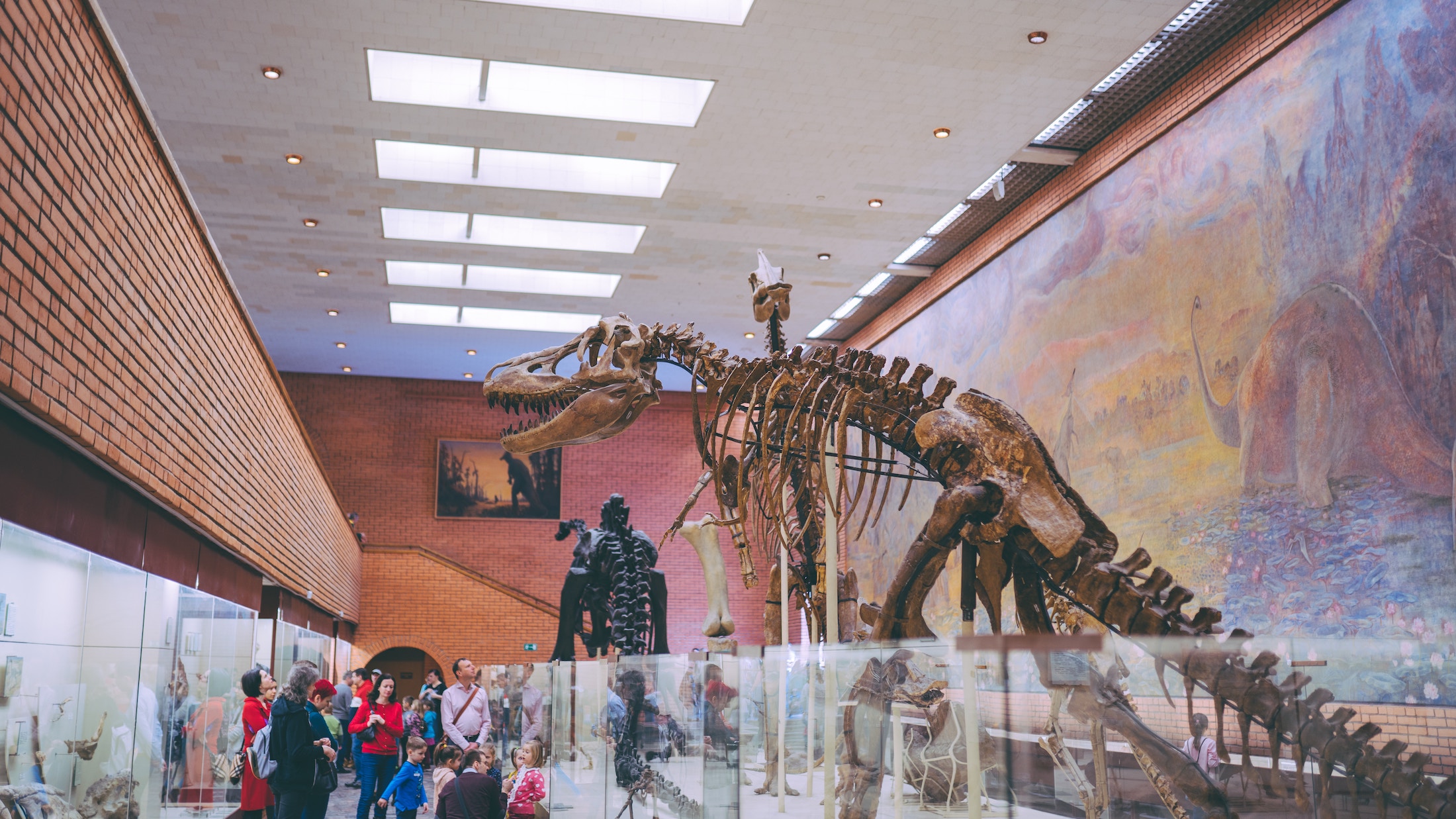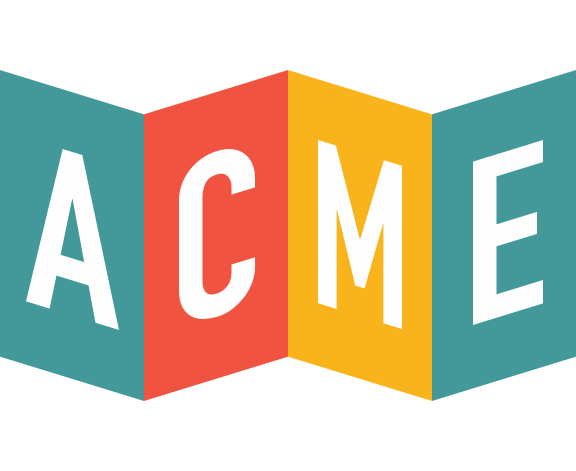
Museum Marketing Plan
May 5, 2019
Utilizing a detailed marketing plan is essential for bringing visitors from all demographics into your museum.
It’s true that most institutions already have a loyal group of regulars, but to keep your museum alive and well, you should be strategizing outreach and promotion. This way, you are able to reach a wider audience of interested individuals, and invite them to come check out what you have in your collection.
One thing to keep in mind is that marketing is not the same thing as advertising. An advertisement casts a wide net into a large pool of fish who may or may not bite – you’re offering them something they might not want or need. Marketing is communicating what your museum offers to visitors in a way that your target audience can connect with. Your museum marketing plan should engage with potential visitors who already want what you have – interesting exhibits, membership opportunities, educational programs.
Below, you’ll find everything you need to create a museum marketing plan that connects with your target audiences.
Creating Your Museum Marketing Plan
Your marketing plan doesn’t have to be complicated. Museums are renowned and reputable organizations that can easily pull in a new and broader audience.
[Read More: Museum Marketing Strategies]
Here are some tips you can use to boost attendance and attract new visitors.
- Be selective with your print products. It doesn’t always pay to use print ads in external marketing platforms. Newspapers and magazines are a risky strategy as they reach fewer people and are often more expensive than digital ads. Remember though, print isn’t dead! Tourists and travellers especially love to collect brightly-colored pamphlets and maps. Plus, most museum goers are over the age of 55, and these folks love an analog souvenir.
- Know your audience. It’s important to continue catering to the audience you already have, even as you endeavor to bring in fresh faces. It’s worth investing in data analytics learn more about visitor demographics, what makes them come to your museum, and what they’re spending on. Which exhibits or types of exhibits do they care about? Are they buying memberships? See who your museum is successful with, and strive to keep them happy and interested as you expand your museum’s marketing activities.
- Invite non-members to museum events. Museums can sometimes feel like secret clubs, with special benefits and events available to member-card holders. Once a month, hold an event (at the museum itself or elsewhere) that reaches out to the general public. Have a two-for-one ticket day, offer free access to permanent collections, or host an open-to-the-public party. This is a successful and entertaining method of gaining new audiences.
- Bring in millennials. Your second-largest audience is people aged 25-40. This is the second most populous generation, and they can make or break the future of any institution through numbers alone. Millennials are a well educated and tech-savvy group, and they want their interests to be catered to by museums. Don’t patronize them, keep them entertained, and appeal to their craft-driven tastes with smart exhibits, and stimulating new information.
- Invest in visual branding. Especially if you’re an art or science museum, but this goes for all organizations. Keep your logo, flyer designs, and website sleek, fashionable, and up-to-date. Attractive branding is an easy thing to overlook, but in a visual culture that makes snap judgements based on marketing emblems, it can make all the difference.
- Care about your ‘product’. You should collaborate with all departments of your museum to make sure you are presenting the collection in its best light. Speak with curators, directors, even volunteer guides to figure out what makes your museum special and what audiences can learn from it. When the marketing team is excited about their product, it shows, and it yields successful campaigns.
- Figure out where people are finding you. This might be a little marketing 101, but it never hurts to ask a visitor how they got here. Get visitors to fill out a simple survey that determines what lead them to your museum – this can be a surprisingly effective method of data-gathering.
- Experiment with your marketing tactics. Employ at least one new strategy every year. Allocate a portion of your budget to try something you’ve never tried before; note the strategies that work, scrap the ones that don’t. Or, modify them and try it again. Doing so will create new opportunities to connect to audiences that might otherwise be unreachable.
- Learn from failure. Yes, this is a cliche, but it’s a good rule to follow no matter what your field is. It’s just as important to record the things that don’t work as the things that do. Take the time to analyze the problems – ask, why did this fail? What can we do better? Own up to your mistakes, and take it as an opportunity to grow. Your entire organization will be better off for it.
Managing a museum is challenging, and there are no hard and fast rules to museum marketing. Remain analytical, stay flexible, learn from your mistakes, and always prioritize the experience of audiences.
ACME Ticketing offers cloud-based membership and ticket solutions that are sleek, fast, and in step with the world of contemporary museums. To find out how ACME Ticketing can work for you, set up a demo or a call here.

